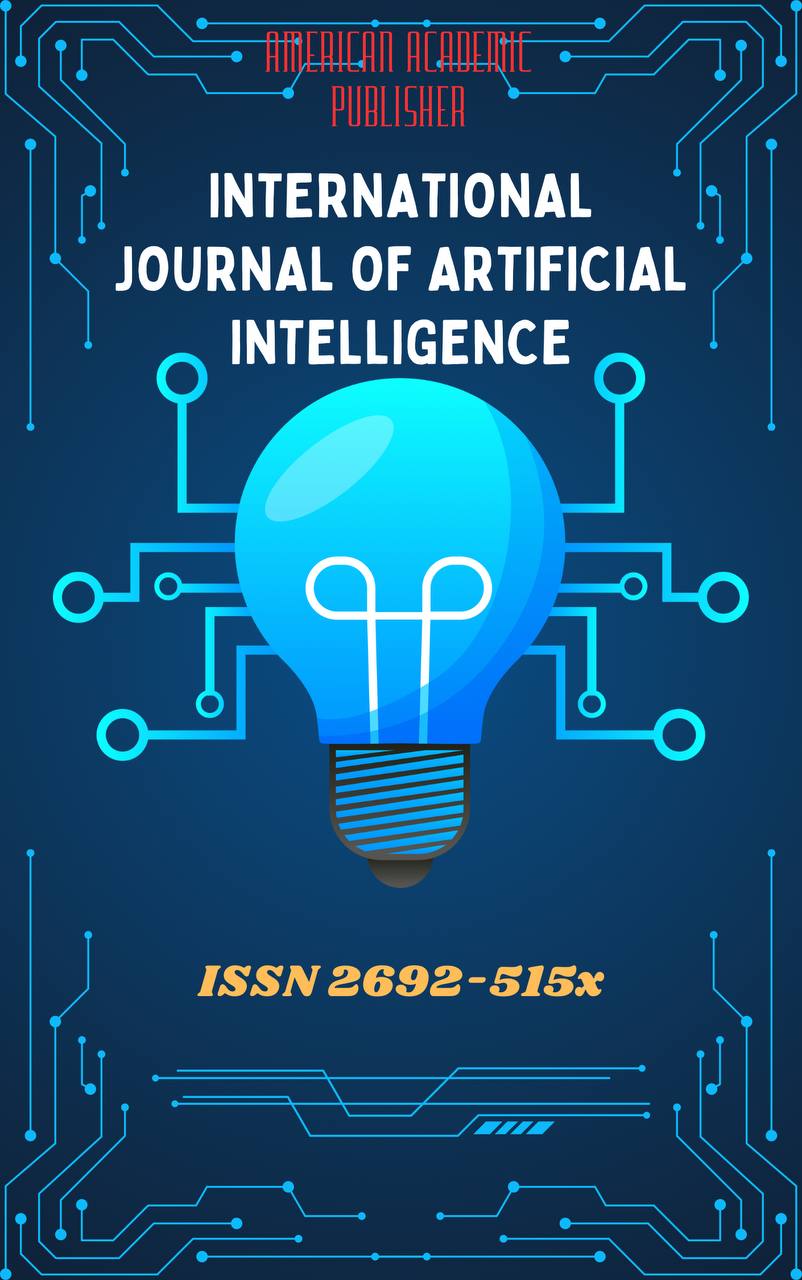 Articles
| Open Access |
Articles
| Open Access | SUBJECTIVE MODALITY IN LITERARY TEXTS
Akhadova Khulkaroy Zarifkhon kizi , UzSWLU, EFL teacher, Department of Applied Sciences №2Abstract
The characteristics of modality in literary text is being observed in the following article. The aim of the research is to determine specific peculiarities of modality as it shows the attitude of writer to the situation and modal markers, types of modal meanings and its usage in context. The types of modality are overviewed with the help of analytical and descriptive methods by analysis of the novel “David Copperfield” by Ch. Dickens. The results of the analysis indicate that modality can be expressed with different modal markers like: modal verbs, adjectives while author describes the action or hero, stylistic devices, with hidden or direct definitions. All in all, the usage of the types of modality: subjective and objective, explicit and implicit, epistemic, dynamic and others are explored deeply in given context.
Keywords
modality, modal verbs, epistemic, dynamic, fictional text, subjective, modal device, literary text, author’s attitude
References
Angelika Kratzer. 1991. “Modality”. In Semantics: An International Handbook of Contemporary Research, edited by Arnim von Stechow & Dieter Wunderlich, pp. 639–650. Berlin: de Gruyter.
Babaee, R. & Montashery, I. (2012). Stanley Fish with respect to the reader. International Journal of English and Literature. Vol. 3(2), 18-24. DOI: 10.5897/IJEL11.114
Ch. Dickens, “David Coppirfield”, Published by Cambridge University Press, 2008.
Ferenc Kiefer. 1994. “Modality”. In The Encyclopedia of Language and Linguistics, edited by Ronald E. Asher, pp. 2515–2520. Oxford: Pergamon Press.
Fish, S. (1970). Literature in the reader: Stylistic analysis. New Literary History. Vol 2(Autumn), 123-162.
Georg Henrik von Wright. 1951. An Essay in Modal Logic. Amsterdam: North-Holland.
Graffi, G. (2001). 200 years of syntax: A critical survey. Philadelphia: J. Benjamins.
Article Statistics
Downloads
Copyright License

This work is licensed under a Creative Commons Attribution 4.0 International License.

